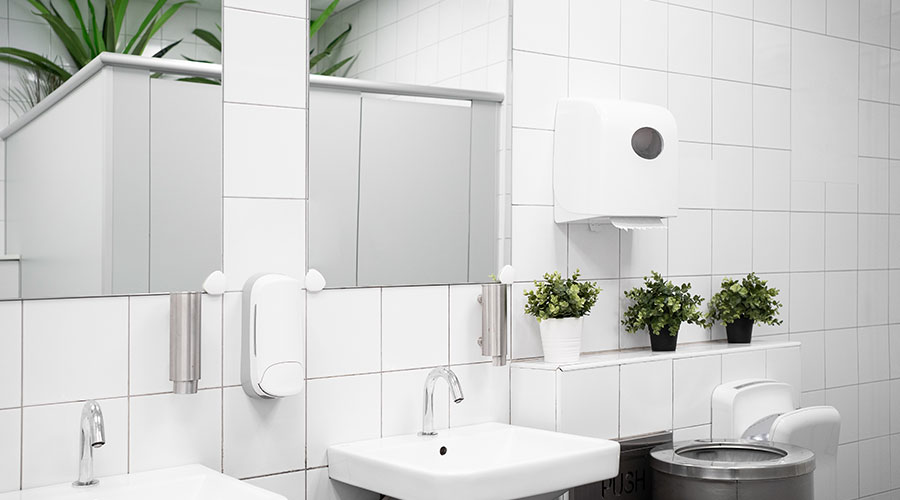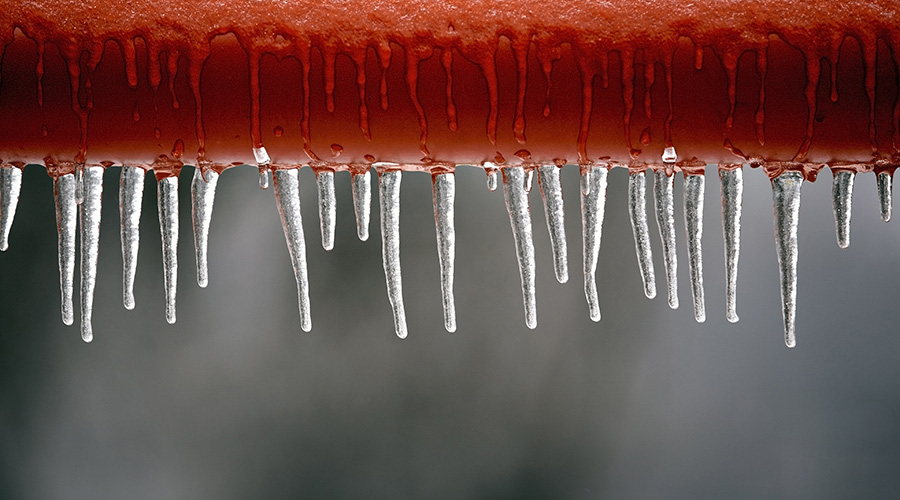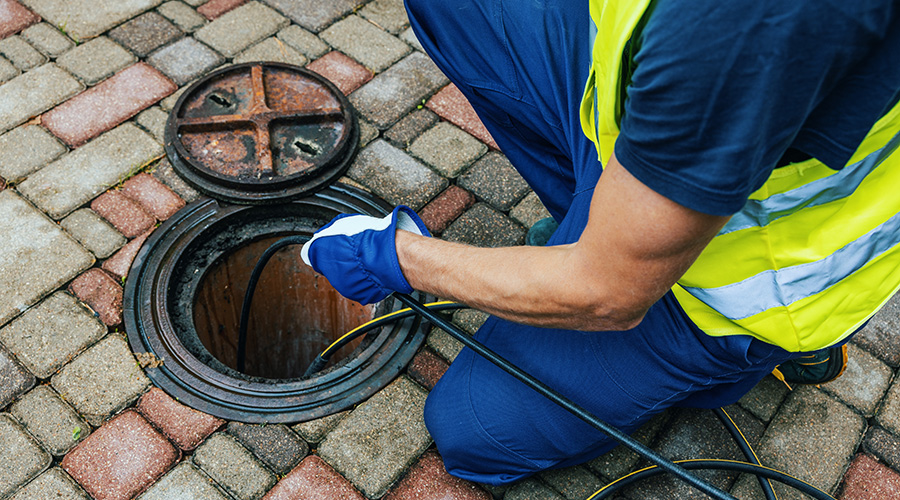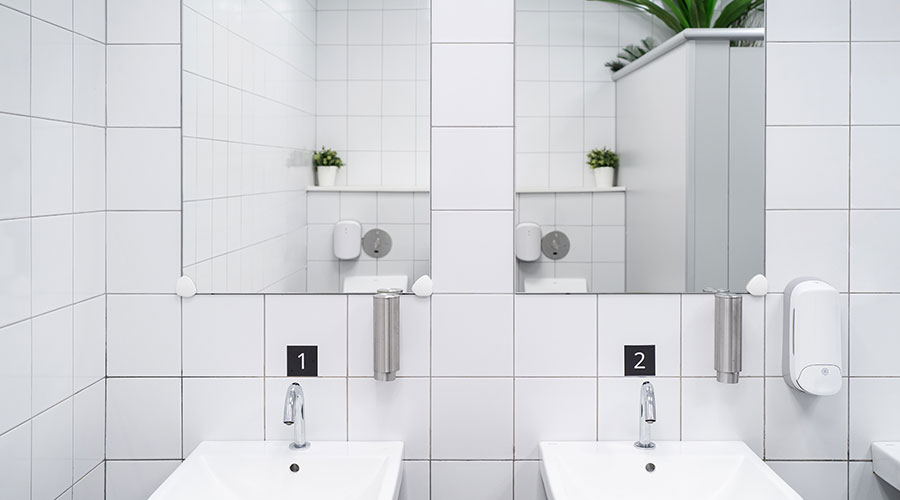Specification Considerations for Detention Facility's Plumbing Retrofit
The decision on which technology and components to install in the retrofit came from the people who deal with them most closely.
"Our in-house maintenance staff handled that," Bartlett says, referring to product selection. "I have a fairly robust electronics group that was able to build the control panels, so we pretty much did everything in-house. Reliability is the prime (priority) anytime you're dealing with maintenance. We want to minimize the time we spend fixing things."
The technology and products targeted a number of needs, the first of which was saving water.
"In the jail, each cell is designed with a flush valve and a toilet," Bartlett says. "The (previous) toilets were flushing between 3.5 gallons (per flush) to as much as 10 gallons per flush. The number of flushes per day per inmate was as high as 44. These figures show the high volume of water used, and the associated sewer and water costs are significant."
Subsequent retrofits have enabled the department to change out fixtures in cells, though cost considerations remain an issue.
"We have done quite a bit of (fixture replacement)," Bartlett says. "We still have some opportunities to go further with that, but the detention toilets are pretty expensive. We earned a grant because of the water-saving measures, so we've done a lot of toilet retrofits. But that wasn't the primary goal of the water controls (project) — the water controls (retrofit) resulted in us getting a grant to do further work, which was the toilet retrofits."
The 2009 retrofit consisted largely of installing technology that gave the corrections officers greater control of the flow of water throughout the facility.
"We had to (install) electronic control panels that were tied back to the officers' touch screens," Bartlett says. "We basically used off-the-shelf irrigation valves, for lack of a better description. Now the system controls the length of time a valve can stay open, which allows us to really tailor the water usage. Because it"s computer controlled, we can keep the valves open down to one-tenth of a second, so we can compensate for building pressure differences by the amount of time we leave the valves open.
"With some of the low-flow toilets, we can get by with even less water than they are rated for, depending on the pressure. Even some of our higher-flow toilets don't need a full 3.5 gallons per flush. We can pretty much tailor the usage now.
"The controls installed as a part of this project ensure that facility security will be compromised less often as the inmates lose their ability to abuse the plumbing. The associated security costs of removing inmates to deal with clogged pipes, parts replacement, flooded areas, and resetting valves after low-pressure situations are minimized. This system retrofit provided added safety and security to prison staff, visitors, and inmates. Additionally, minimizing flooding and sewer back-ups will create a cleaner, more sanitary environment, reducing sewer water exposure for staff and inmates."
Related Topics:













